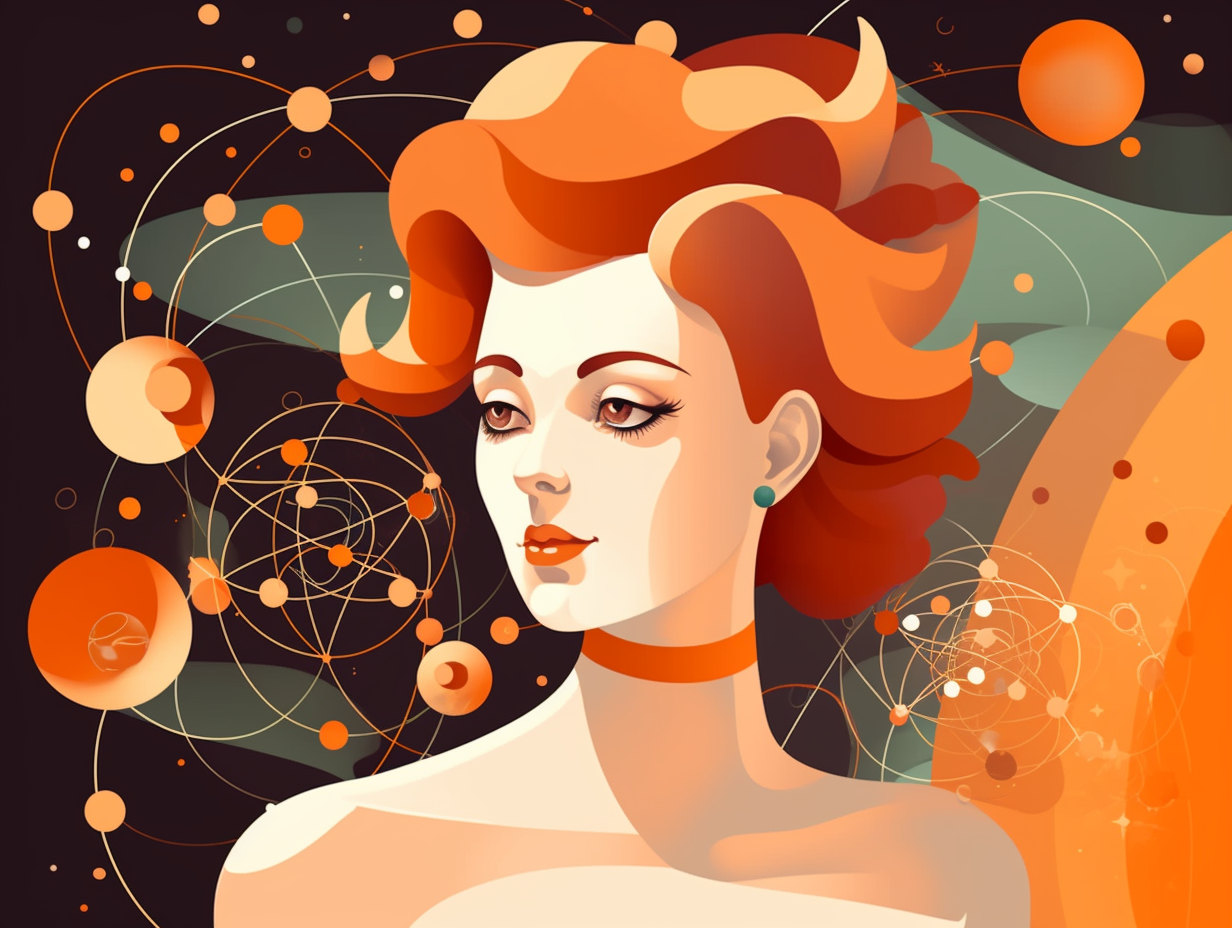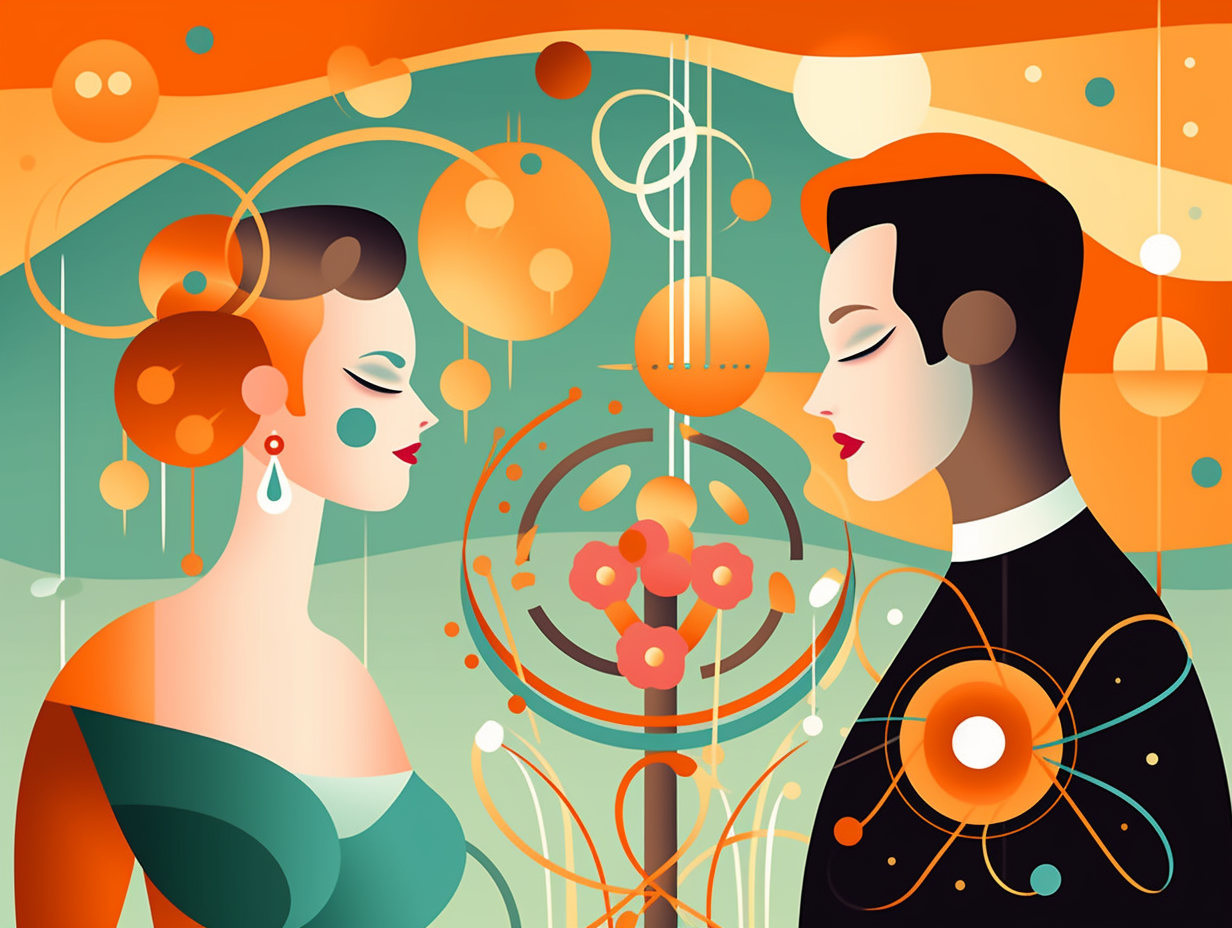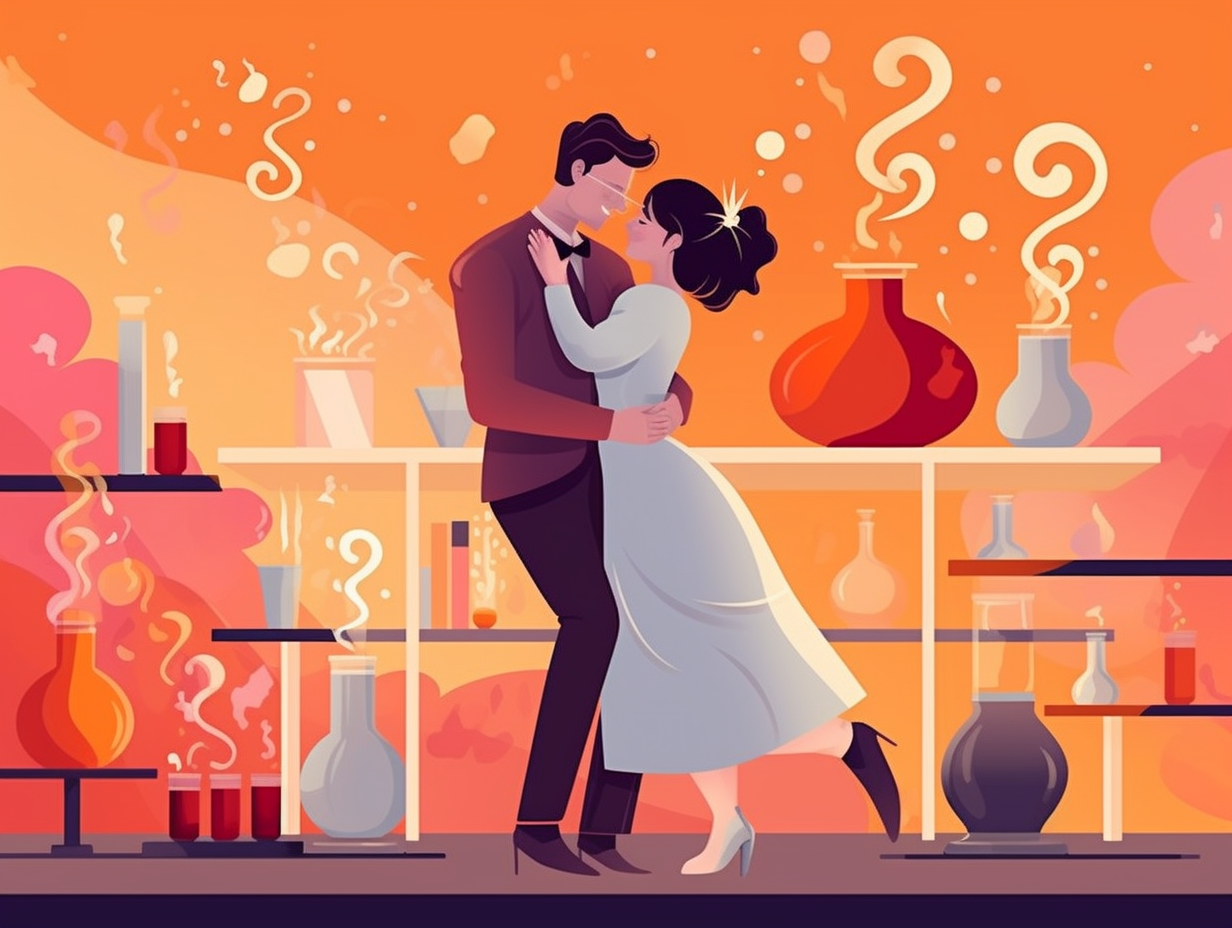Unveiling the Tiny Wonders: 13 Amazing Fun Facts About Atoms You'll Love to Discover

1. Atoms: Champions of Social Distancing
Atoms may seem like the life of the particle party, but in reality, they're mostly living in airy mansions with plenty of personal space: Fun fact – every atom is a whopping 99.99% empty space, leaving the tiniest of particles to make up the solid matter we interact with daily, making atoms the true champions of social distancing!
Source => ck12.org
2. Hydrogen Atoms: Electrifying Romance
If hydrogen atoms had dating profiles, you'd definitely want to swipe right, as they're known for their electrifying attractions and strong bonds: However, breaking up this atomic romance requires an impressive 1313 kJ/mol of ionization energy to remove an electron from the gaseous hydrogen atom, resulting in a hydrogen ion and a single free electron, proving that love may be strong, but atomic forces are stronger.
Source => socratic.org

Did you know hydrogen, the universe's lightest element, acts like a heavyweight wrestler in the chemical world? Discover how it body-slams iron oxide and flexes its muscles in stable isotope analysis! 💪🌌
=> Fun Facts about Hydrogen
3. Avogadro's Number: Hotline Bling
If Avogadro's number were a hotline, it'd be blowing up more than a teen heartthrob's telephone on a Friday night: This numerical celebrity, clocking in at approximately 6.022 x 10^23, represents the colossal number of atoms in a mole of any substance, aiding chemists everywhere in measuring and handling mind-bogglingly tiny amounts with ease.
Source => khanacademy.org
4. Atoms Dancing like Noble Gases
If atoms were party guests, they'd be clamoring to dance like noble gases: by either dipping their electron partners into a tango, or clumsily waltzing with equally awkward electron dancers! In scientific terms: atoms can achieve a noble gas configuration by either donating or accepting electrons to form ionic bonds, or sharing electrons in covalent bonds with atoms of similar electronegativity for some truly stable compounds.
Source => chem.libretexts.org

5. Neutrinos: The Introverts of the Universe
Neutrinos are the ultimate introverts of the universe, barely showing up to the cosmic party and avoiding interaction with virtually everyone and everything: These elusive entities are electrically neutral elementary particles that rarely interact with matter, making them incredibly tough to detect, but also perfect tools for studying weak interactions and revealing remarkable insights about matter itself!
Source => sciencedirect.com
6. Atomic Numbers: An Element's Identity
Ready for a pun-derful atomic fact? Atoms aren't ones for amnesia and sure don't need little black books to know who's who at their elemental parties: Each element has a unique atomic number, determined by the number of protons in its nucleus, which establishes their identity and sets them apart from their atomic pals.
Source => chem.fsu.edu
7. Shrink-a-dink Rollercoaster of Atomic Radii
Hold onto your seats, dear readers, as we embark on a shrink-a-dink rollercoaster ride through the periodic table! That's right—we're going atomic: As we zip from left to right across a period, atomic radii shrink in size, all thanks to an increasing number of protons in the nucleus cozying up to valence electrons and pulling them closer.
Source => chem.libretexts.org
8. Molecular Dating Scene: Polarity Party
Did you hear the one about the molecular dating scene? They say it's all about finding that electrifying spark, with some bonds playing it cool while others can't help but charge up the room! But in the end, it's all about polarity: Covalent bonds range from nonpolar to ionic, with polar covalent bonds in between, determined by a molecule's symmetry and the electronegativity differences among its atoms – a vital aspect in organic chemistry's party line-up.
Source => chem.libretexts.org
9. Poseidon's Minions: The Mighty Ions
Beware the wrath of Poseidon, for his tiny minions are everywhere: Ions, present in body fluids, salt, and even our own hearts, are responsible for regulating osmotic pressure in cells and helping muscle and nerve cells do their thing!
Source => inspiritvr.com

10. Atoms Playing "Nuclear Family"
You could say that atoms love to play "nuclear family": Each nuclide of an element has a specific number of nucleons, which are composed of protons and neutrons, and isotopes of an element have the same number of protons but different numbers of neutrons, resulting in differences in their atomic mass.
Source => sciencedirect.com
11. Atoms: Masters of the Vanishing Act
If you thought your favorite magician was good at the vanishing act, wait till you hear about atoms: More than 99% of an atom is essentially empty space, and if you were to remove that emptiness from every atom in your body, you'd be left with an incomprehensibly tiny mass of just a few grams!
Source => education.jlab.org
12. Diamonds: A Chemist's Best Friend
Whoever said "diamonds are a girl's best friend" might have been onto something more scientific than they realized: Diamonds, nature's glittering gift, are made up entirely of carbon atoms arranged in a crystalline structure, held together by uber-strong covalent bonds, making them the hardest known material with a perfect 10 on Mohs hardness scale. So, ladies and gentlemen, cherish your sparkly BFFs for their fascinating formation!
Source => technologyuk.net
13. Electrons: The Lightweight Champions
Electrons, the lightweight champions of the atomic world, pack a mighty punch, making protons and neutrons look like chilled out bowling balls: In fact, an electron's mass is a minuscule 1/2000 the mass of a proton or neutron, barely contributing to an atom's total mass, yet they masterfully dictate chemical reactions and atomic bonding.
Source => chem.libretexts.org
Related Fun Facts




















